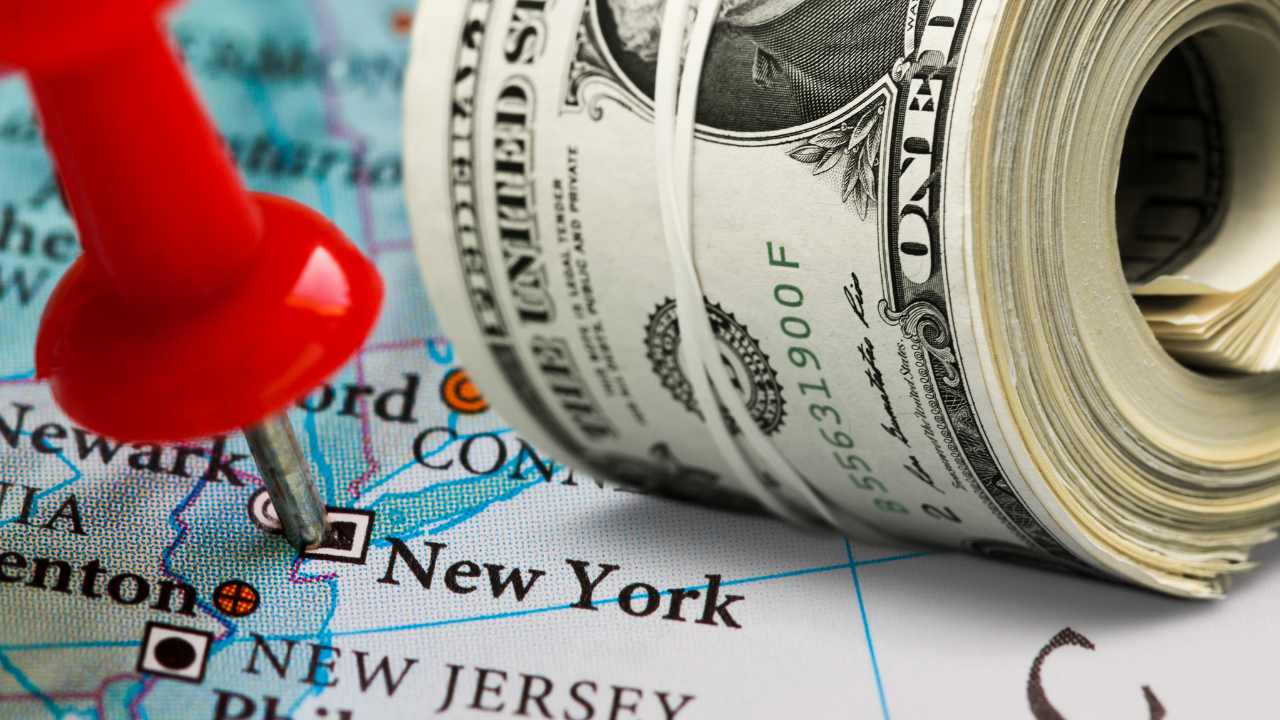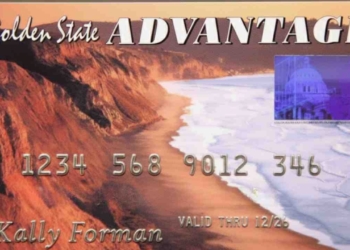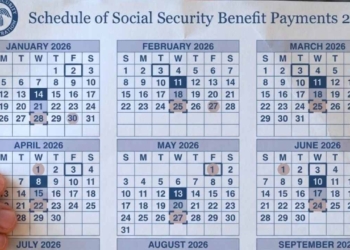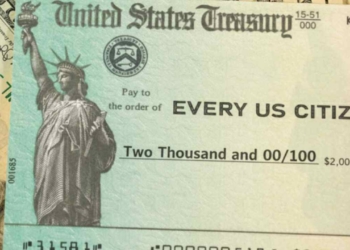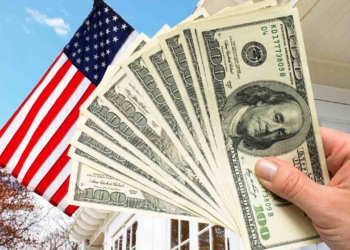This year, New York State launched a unique tax refund program at the end of September, aimed at alleviating the persistent impact of inflation on households. Officially called “Inflation Refunds,” these payments represent a calculated injection of capital directly into the economies of millions of families and individuals.
The implementation of this program, which will extend through the months of October and November, while it underscores a targeted economic relief policy and provides a detailed map of the distribution of the tax burden and stimulus across the vast and diverse state.
The tax refund program in NY: Who’s eligible for the check
The initiative, administered by the state Department of Taxation and Finance, operates as a one-time, automated refund directly linked to 2023 income tax returns. Unlike federal stimulus programs, which required massive application processes, this disbursement is distributed proactively to eligible taxpayers, without any application required.
Rebate eligibility and amount are not subject to discretion; they are governed by a clear formula based on two main variables: tax filing status and the Individuals with Disabilities Adjusted Gross Income (NYAGI) reported on line 33 of Form IT-201 for tax year 2023.
How much will the tax refund checks be?
The largest payments go to lower-income households, while the benefit is progressively reduced for those with greater financial means, eventually disappearing completely for taxpayers exceeding the established maximum limits.
This measure is estimated to result in a full return of funds that will positively impact the state’s economy.
| Filing Status | Adjusted Gross Income (AGI) | Payment Amount |
|---|---|---|
| Married Filing Jointly / Qualifying Surviving Spouse | $0 – $150,000 | $400 |
| Married Filing Jointly / Qualifying Surviving Spouse | $150,001 – $300,000 | $300 |
| Single / Married Filing Separately / Head of Household | $0 – $75,000 | $200 |
| Single / Married Filing Separately / Head of Household | $75,001 – $150,000 | $150 |
Distribution schedule: when will your check arrive
A crucial aspect for beneficiaries is the mailing schedule. Tax authorities have been emphatic in pointing out that there is no rigid or public schedule assigning specific mailing dates to individual ZIP codes. Instead, the process is massive and sequential. Mailings officially began on September 26, 2025, and will continue steadily throughout October and November.
This means that not all eligible individuals will receive their checks simultaneously. The logistical nature of a mailing of this magnitude—which covers millions of households—means that two neighbors on the same street may receive their refunds several days apart.
Where will the tax refunds checks be disbursed to
The scale of this program is evident when analyzing its demographic and geographic reach. According to projections based on data from Governor Kathy Hochul’s office, a total of 8.2 million households in New York State are estimated to receive this refund. This figure represents a significant portion of the taxpaying population and, by extension, a broad-based economic stimulus.
The distribution of these beneficiaries across the state’s main regions paints a portrait of the region’s population density and economic activity. The breakdown provided by the authorities is as follows:
- New York Region: 3.53 million people. This area, which includes the five boroughs of New York City, alone accounts for more than 40% of the total beneficiaries, a testament to its overwhelming population density.
- Long Island: 1.25 million people. As one of the most populous suburban regions in the country, its influence on the program is considerable.
- Mid-Hudson: 924,000 people. This region, which encompasses counties such as Westchester, Rockland, and Dutchess, completes the state’s densest demographic and economic triangle.
- Western New York: 585,000 people. Centered in and around Buffalo, it is the most populous region outside the New York City metropolitan area.
- Finger Lakes: 513,000 people. This area, which includes the city of Rochester, is a major industrial and agricultural center.
- Capital Region: 475,000 people. The Albany area, as the seat of state government, has a strong presence of public employment.
- Central New York: 321,000 people. With Syracuse as its main urban center.
Southern Tier: 251,000 people. A region bordering Pennsylvania, with an economy historically tied to manufacturing and energy. - Mohawk Valley: 198,000 people.
- North Country: 156,000 people. This region, the least densely populated, completes the state map.
According to projections based on data from Governor Kathy Hochul’s office, a total of 8.2 million households in New York State are estimated to receive this refund.

